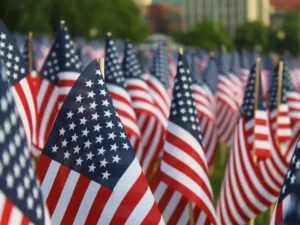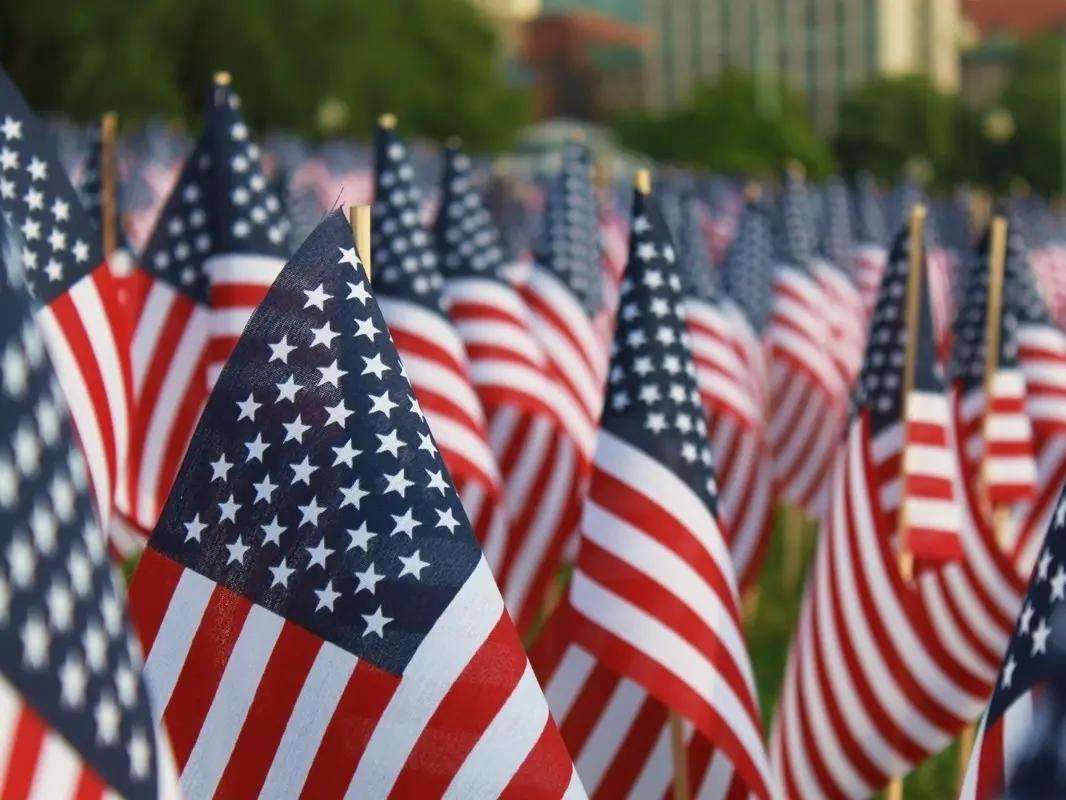
On June 14, 1777, the Continental Congress passed a resolution establishing an official flag for the new nation. It declared: “Resolved, that the flag of the United States be thirteen stripes, alternate red and white; that the union be thirteen stars, white in a blue field, representing a new constellation.” On August 3, 1949, President Harry S. Truman officially designated June 14 as Flag Day.
The story of the American flag is as captivating as the nation’s history itself. It has endured battles, inspired songs, and evolved alongside the country it symbolizes. Below are some fascinating facts and traditions regarding the flag and its display:
From 1777 to 1960, Congress passed several laws altering the flag’s design and arrangement, adding stars and stripes to reflect each new state that joined the Union.
Today, the flag features 13 horizontal stripes, seven red alternating with six white, symbolizing the original 13 colonies. The 50 stars represent the current states. The flag’s colors also carry meaning: red symbolizes hardiness and valor, white stands for purity and innocence, and blue represents vigilance, perseverance, and justice.
The National Museum of American History has undertaken a long-term project to preserve the massive 1814 garrison flag that survived the 25-hour bombardment of Fort McHenry in Baltimore by British forces, inspiring Francis Scott Key to write “The Star-Spangled Banner.” This historic flag, often referred to by that name, had deteriorated over time and was removed from the museum in December 1998. Restoration efforts began in June 1999 and continue today. The flag is now stored at a 10-degree angle in a specially designed, low-oxygen, filtered light chamber, where it is regularly inspected at the microscopic level for signs of decay or damage.
There are several locations where the U.S. flag is flown 24 hours a day, either by law or presidential proclamation, including:
Fort McHenry, National Monument and Historic Shrine, Baltimore, Maryland
Flag House Square, Baltimore, Maryland
United States Marine Corps Memorial (Iwo Jima), Arlington, Virginia
The Green in Lexington, Massachusetts
The White House, Washington, D.C.
U.S. customs ports of entry
The National Memorial Arch at Valley Forge State Park, Valley Forge, Pennsylvania
